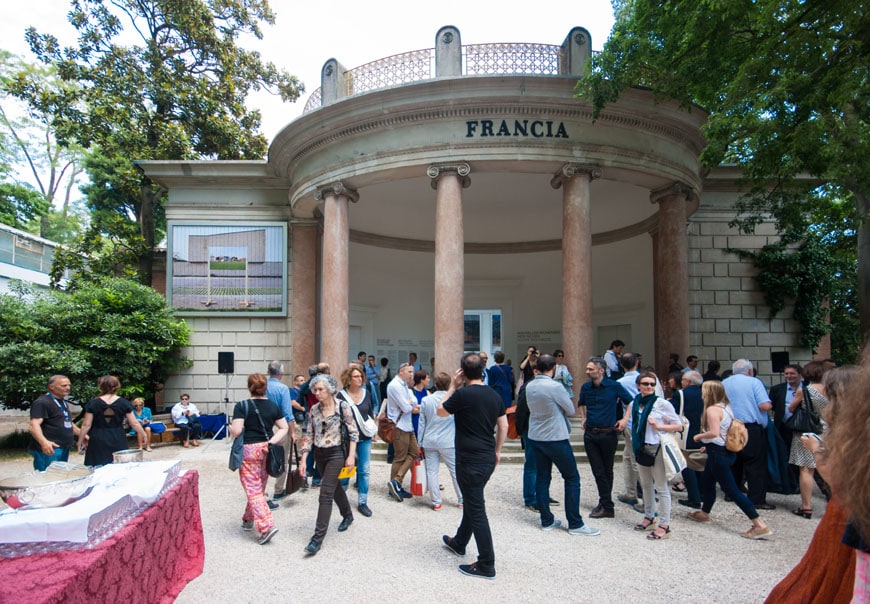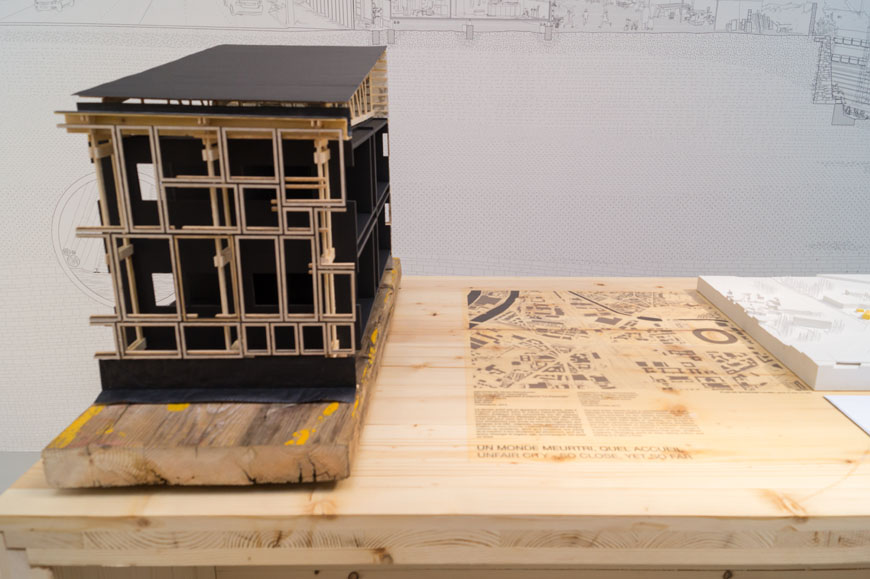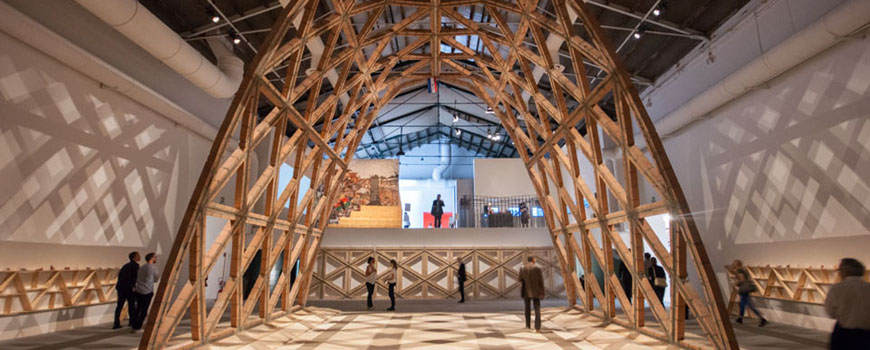Pavilion of France – Venice Architecture Biennale 2016
Curators: Frédéric Bonnet, OBRAS, and Collectif AJAP14
New Riches – The French Pavilion at the Venice Architecture Biennale 2016
Nouvelle Richesses (New Riches) is the title of the exhibition of France at the 15th Venice Architecture Biennale, an exhibition focused on the role of architecture in our contemporary society, backed by a strong criticism towards an architecture “à la carte” made by a handful of “starchitects” for a small number of extremely wealthy people.
As an alternative, the curators – Frédéric Bonnet, OBRAS, and Collectif AJAP14 – present an array of more “ordinary” projects, developed in the last years by French architects, aimed to provide good dwellings, urban developments, and social infrastructures, at reasonable price and with stronger attention to the real needs of local communities, in various areas across France.
The exhibition is divided into four sections, entitled “Territories Room”, “Narrative Room”, “Know-How Room”, and “Fertile Ground Room”
“New Riches” exhibition, French Pavilion at the Venice Architecture Biennale 2016, installation view, photo Inexhibit
Official presentation of the French Pavilion (by Frédéric Bonnet, OBRAS, and Collectif AJAP14)
There was a time when architecture was of course architecture for everyone and was tied to the economy and the evolution of society. In a certain sense, during the last Biennale, Jean-Louis Cohen documented the political energy, the mobilization of industry, and the creativity required to extend as widely as possible the effects of architecture. We have been bathed in this positivism. The work of Gropius and Taut – tens of thousands of units of housing for everyone, all of a great quality – the humanist commitments of Alvar Aalto, the generous inventive spirit of Prouvé, the extraordinary ferment around housing, which was still the dominant issue twenty years ago. This is our heritage. It must be said that all this happened during a century interrupted by two wars, which left us both times devastated and drained of blood, after which it was necessary to rebuild, and then grow at full speed. Let us recall that Le Corbusier’s Domino house was a response to the disasters of the first months of the Great War near the Belgian border. Almost a century ago, we found ourselves in the same conditions that today’s refugees are fleeing. Dozing away in our slowly declining comfort, we needed Aravena to shake us, to confront us with the evidence of that past engagement.
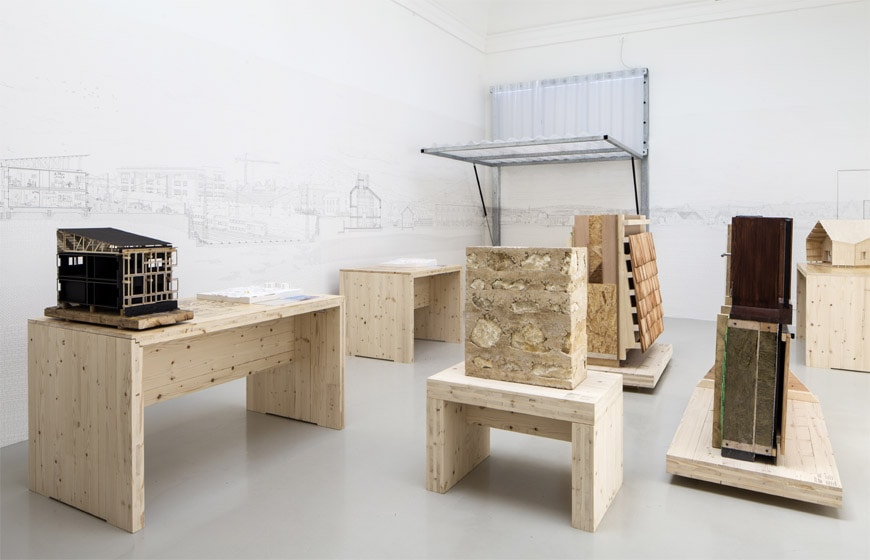
Photo Francesco Galli, courtesy of La Biennale di Venezia
It must be said that he speaks from another country, another world – from Chile a country immensely rich in resources, but where the inequalities between the very rich and the very poor are just a starting point, a state of things, not like in Europe, where this is the beginning of a long fall, whose trajectory is made clear by the economic crisis: yes, the gaps are growing, the middle class is threatened. some territories are falling further back.
We recognize our own commitments in Aravena’s positions but from a certain distance. What can France in as Biennial Pavilion bring in particular to this discussion that he is calling for?
Through these bulletins from the front, in France, we want to show how the economic conditions that are settling in for the duration – growing inequality, the growth of the financial sector, and global competition at the metropolitan scale – are in the process of spawning new organizations that shift the meaning of riches. This is a resolutely optimistic approach. We do not believe in the vertigo of competition between territories. We believe instead that there are immense resources everywhere. complementarities, latent values to mobilize, reveal, and fertilize.
French pavilion, installation view, photo Inexhibit
This is one of the roles of architecture today. Public policies are withering away. Contemporary urbanism assembles real estate properties, whose “new look” facades attempt to mask skimpy standardization, while here and there a few hundred million dollars enable two or three couture architects to confect lavish illusions. We seek to be witness to the rest, less visible, yet emerging from everywhere, on all the territories. and which reveals unsuspected richness.
Niclas Dünnebacke, emergency shelter, Saint-Denis – France, 2013; photo Inexhibit
ORDINARY ARCHITECTURE. FAMILIAR TERRITORIES
It is true that large and exceptional projects, now neighborhoods in the greatest and richest cities, command the most attention These projects in themselves are not a problem: the metropolis is undoubtedly an important locus of innovation, especially if it has the good fortune of having an enlightened administration and sufficient resources to devote to new construction. From Jean Nouvel to LAN. from the island of Nantes to Paris-Batignolles: these are the visible parts of French architecture seen from abroad. Yet this point of view leads to thinking that the rest of the territory is left to habitual forms of development, barely regulated by rudimentary planning procedures, where architecture is rare, that are unmoored from any collective reflection or attention. This may well be the impression given by residential subdivisions or uniform activity zones.
Jean-Cristophe Quinton, Maison-grange Paline de Caen – France, 2015, photo Inexhibit
But we think that all territories contain their resources and particular advantages Extraordinary qualities lie latent in all the ordinary sites of French territory. One has but to pay attention, to cultivate them, to reveal them…
This is true of all fields, including economy. With all the constant repetition that wealth and richness, linked to globalization, are created by the great metropolises, one is no longer able to think about other places, even ones in the heart of cities, those pieces that shelter, often precariously, all those excluded from revenues like rent.
It is true for architecture as well: the constant celebration of “starchitects” and costly projects makes one forget that architecture can make simple responses – well-adapted, shared, and effective in most situations – that are more ordinary and modest. This is what we are talking about here.
Jean & Aline Harari, 60 housing units, Chanteloup-en-Brie – France, 2013, photo Inexhibit

Built in 1807, the Giardini della Biennale (Biennale’s Gardens) is the main venue of the annual art and architecture exhibitions of the Venice Biennale
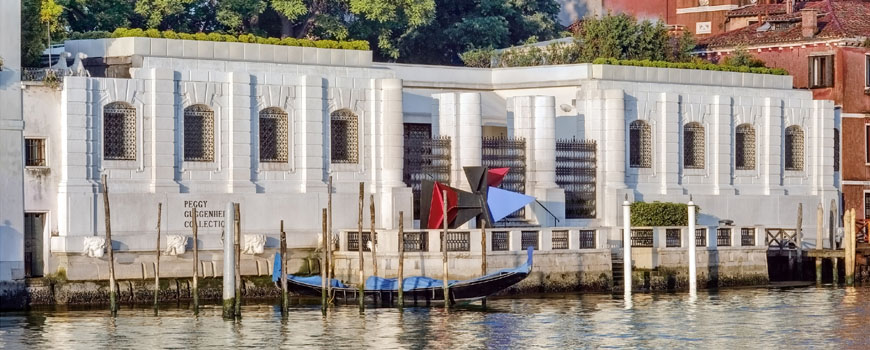
Venice
copyright Inexhibit 2025 - ISSN: 2283-5474

